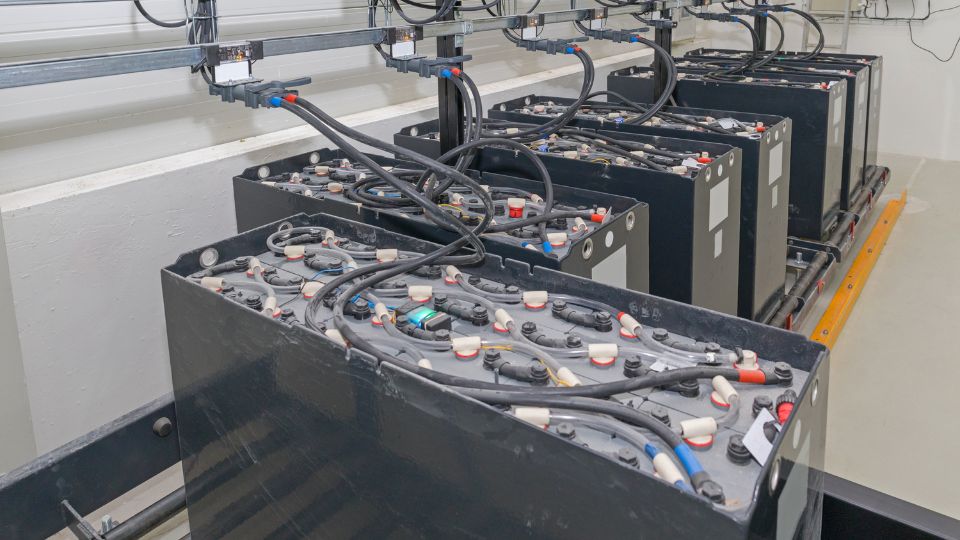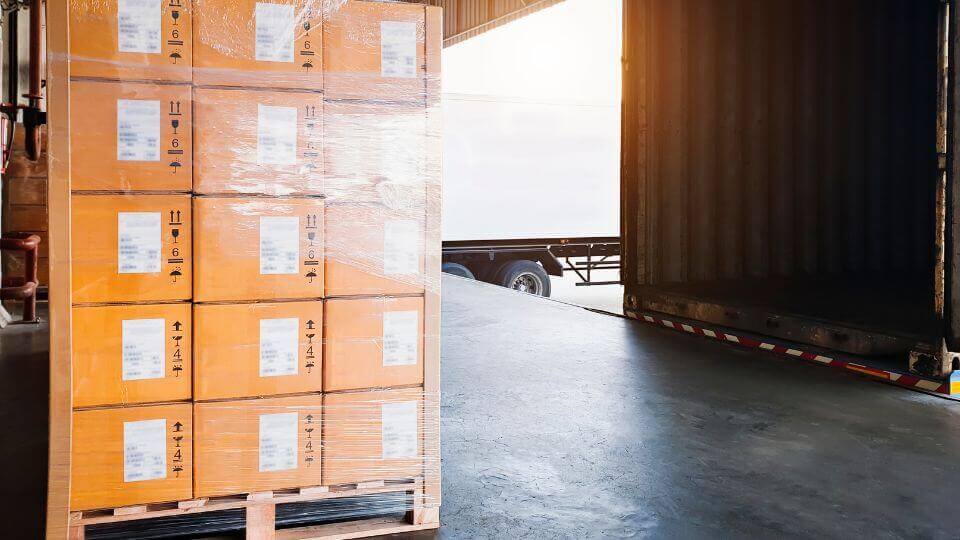Table of Contents
In this article, we would like to cover a bit about vendor-managed inventory, VMI for short.
Basically, we’ll be going through how VMI is done, how it works, some of its pros and cons and we promise we’ll keep things simple and straightforward.
First, let’s quickly go over the definition of vendor-managed inventory.

What is Vendor-Managed Inventory?
So, what actually is vendor-managed inventory?
Vendor-managed inventory is simply the management of the customer’s inventory by the vendor.
That’s essentially what a VMI is, a vendor physically managing the inventory at the customer’s facility.
The inventory is at the customer’s facility while the vendor’s responsibility is to ensure that it’s replenished properly and the minimum and maximum amount of inventory are held in the right quantities.
Best-In-Class 3PL in the Midwest
How Does VMI Work?
Now, let’s go over how VMI works and how it’s done.
Generally speaking, there are five different ways in which a VMI agreement can move forward and how a vendor can manage inventory for a customer.
Let’s quickly discuss the first way in which a vendor can actually do this.
First Method:
The first way is that the vendor is physically on-site to manage the customer’s inventory.
In this case, the supplier or the vendor sends one of its staff to the customer’s facility to physically manage their inventory.
The vendor who is on-site is usually a full-time employee working at customers’ facilities.
This employee is the vendor’s employee, paid by the vendor, but he’s there full-time.
Typically, you’ll see this in situations like this.
Taking a big contractual supply agreement as an example, you oftentimes might see this with an automotive manufacturer where a large portion of the inventory is allocated to one vendor and that vendor’s job is just to manage them.
Second Method:
Now, let’s move on to the 2nd way in which VMI can be done.
The second way is when a vendor makes a visit to a customer’s facility with the purpose to replenish the inventory.
In this case, the vendor will physically bring the inventory to the site with them for replenishment.
So, the vendor drives to the customer’s facility, walks in, sees what the inventory counts are, and restocks to the required level of inventory.
For example, you might see this in places like 7-eleven or local stores where you see guys that basically come in and replenish the freezers, shelves, or wherever with products.
Yes, that’s basically kind of the concept, the vendor arrives on-site, sees what needs to be replenished, and has the inventory in their truck for replenishment.
Third Method:
The third way is basically when the vendor has access to the customer’s inventory system.
This might include having access to the MRP system or the ERP system.
*MRP System: stands for ‘material requirements planning’
*ERP System: stands for ‘enterprise resource planning’
Generally speaking, the vendor is able to see exactly what the inventory counts and its levels are, where in many cases the inventory counts are tracked with the MRP system.
So, once the vendor has access to this, he is able to remotely see what the inventory counts are and can come up with a replenishment plan accordingly.
Fourth Method:
A fourth way is by using a simple barcode system.
For small to medium-sized businesses that are wanting to run a vendor-managed inventory agreement but don’t have the capacity to hire an employee on-site to physically replenish the inventory, the barcode system can be the preferred method.
This method may sound outdated but essentially what’s happening is that the vendor sends out the inventory to the customer and asks the customer for a photograph of the inventory count at the end of a given month so they know exactly how much to replenish.
Alternatively, the vendor could place barcodes on all the boxes and packages that are being shipped out to the customer, then the customer barcodes, then gives you a tally at the end of the month.
Fifth Method:
The last way in which VMI can be done is that a vendor actually rents out a physical space next to the customer’s facility or even inside it.
Basically, from the vendor’s perspective, rather than having a full-time employee on-site the entire time, the vendor can send, manage, and replenish the inventory by renting about a portion of the customer’s facility just for them.
So, that was basically it, what vendor-managed inventory is and how it works.
Keep an eye out for our next article which we’ll talk more about the benefits of VMI and how it can benefit your business.
Best-In-Class 3PL in the Midwest
Needing Some Help?
Looking for a 3PL for vendor-managed inventory services?
For a professional VMI service, contact our friendly staff for a free, no-obligation, quotation!

Protected: The Ultimate Guide to Proper Battery Warehousing and Storage
There is no excerpt because this is a protected post.

What is the Difference Between FTL and LTL Shipping?
What is the Difference Between FTL and LTL Shipping? Home > Blog > What is the difference between FTL and LTL shipping? Freight shipping can

Top 10 Imports of the USA
Top 10 Imports of the United States Home > Blog > Top 10 imports of the USA The United States, a global leader in trade,
